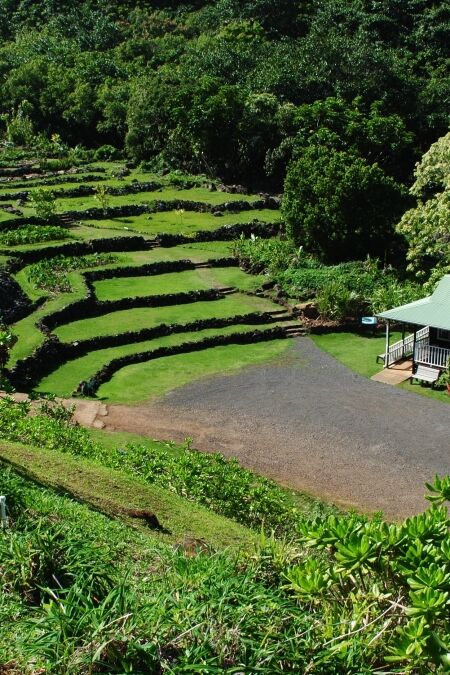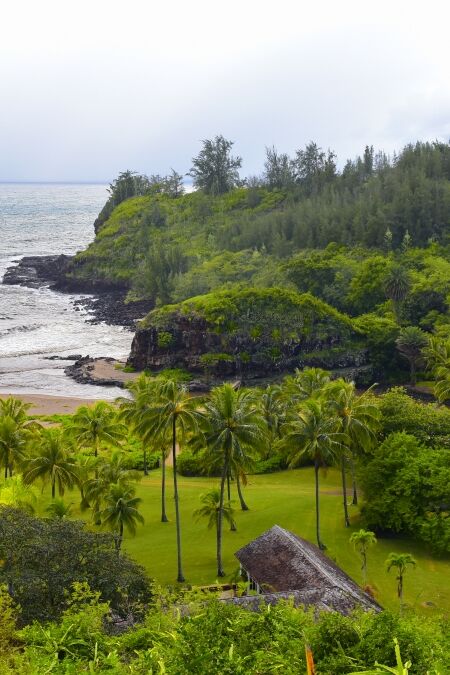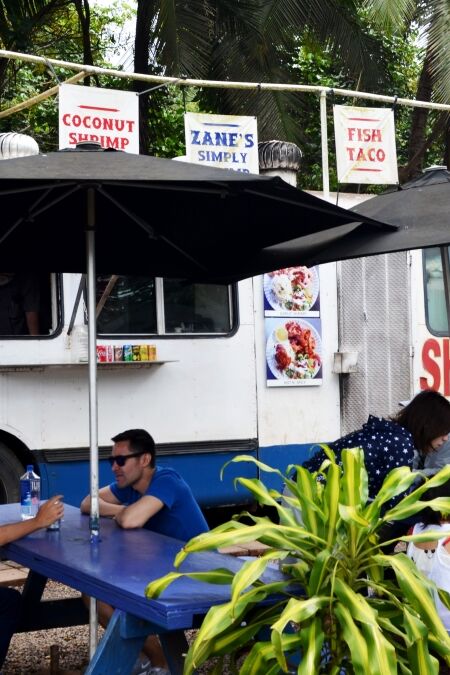Located along the picturesque south shore of Kauai, Hawaii, McBryde Garden is a breathtaking botanical haven approximately 252 acres. A vital part of the National Tropical Botanical Garden (NTBG), it is celebrated for preserving the world’s most extensive collection of native Hawaiian plants outside their natural environment. In this travel guide, we’ll delve into the garden’s rich history, key attractions, and practical visitor tips, making it a must-visit destination for nature enthusiasts and travelers seeking unique experiences.
Highlights
- McBryde Garden is home to the world’s largest collection of native Hawaiian plants outside their natural habitat.
- Choose between self-guided tours for a leisurely exploration or guided tours that provide in-depth insights into the garden’s history, plant species, and conservation efforts.
- The garden features various ecosystems, including a biodiversity trail that showcases the evolution of plant life over 450 million years.
- This special section highlights 27 traditional Hawaiian canoe plants brought by Polynesians, such as taro and breadfruit.
- Explore a food forest that demonstrates sustainable agricultural practices and the importance of native plants in food security.
- With its lush landscapes, meandering streams, and tranquil settings, McBryde Garden offers a serene environment perfect for relaxation and photography.
History
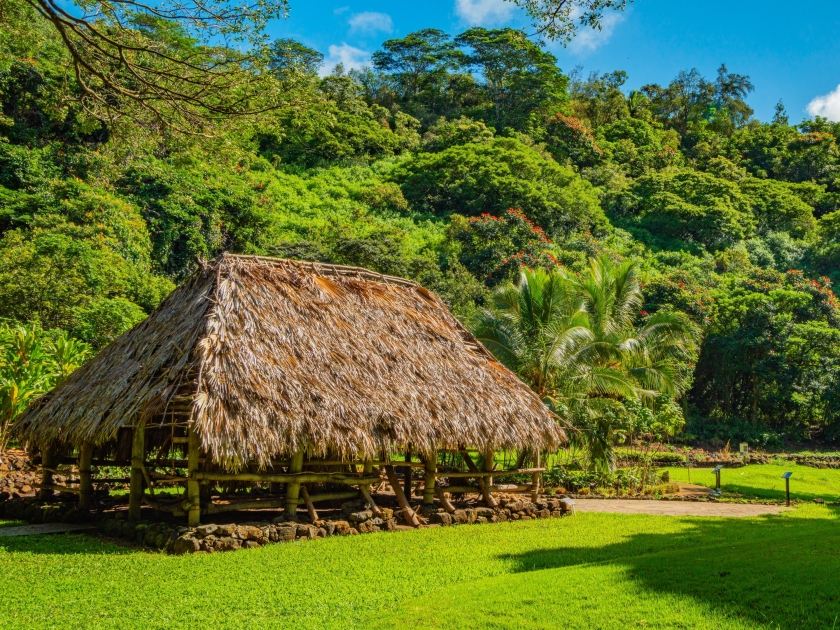
Origins of Lāwaʻi Valley
McBryde Garden occupies the historic Lāwaʻi Valley, once part of a traditional Hawaiian ahupuaʻa (land division) essential for early Polynesian settlers. Purchased by the McBryde family in the late 19th century, the land transitioned from sugarcane cultivation, leased from Queen Emma, to the production of taro, rice, and other crops under Alexander McBryde’s management by 1899.
From Plantation to Preservation
In 1964, the Pacific Tropical Botanical Garden was chartered by Congress, acquiring 171 acres in Lāwaʻi Valley in 1970. Initially named Lāwaʻi Garden, it became the first site of the National Tropical Botanical Garden (NTBG). In 2000, a significant donation from McBryde descendants led to its renaming as McBryde Garden, cementing its legacy as a botanical sanctuary.
Safeguarding the Future
McBryde Garden has championed plant conservation since its founding, housing the world’s largest collection of native Hawaiian flora outside their natural habitats. Through targeted expeditions and research, it protects endangered tropical species, fostering biodiversity and preserving Hawaii’s botanical heritage.
Resilience in the Face of Disaster
Hurricane Iniki’s devastation in 1992 caused widespread damage to McBryde Garden, but swift action by staff and volunteers saved many plants. The team embarked on missions to recollect lost species from Hawaii and the Pacific, ensuring the garden’s recovery and its continued role in conservation.
McBryde Garden Today
Today, McBryde Garden serves as a beacon of Hawaii’s cultural and ecological history, offering visitors an unparalleled glimpse into the islands’ unique botanical heritage and ongoing efforts to protect tropical plant diversity.
Key Attractions
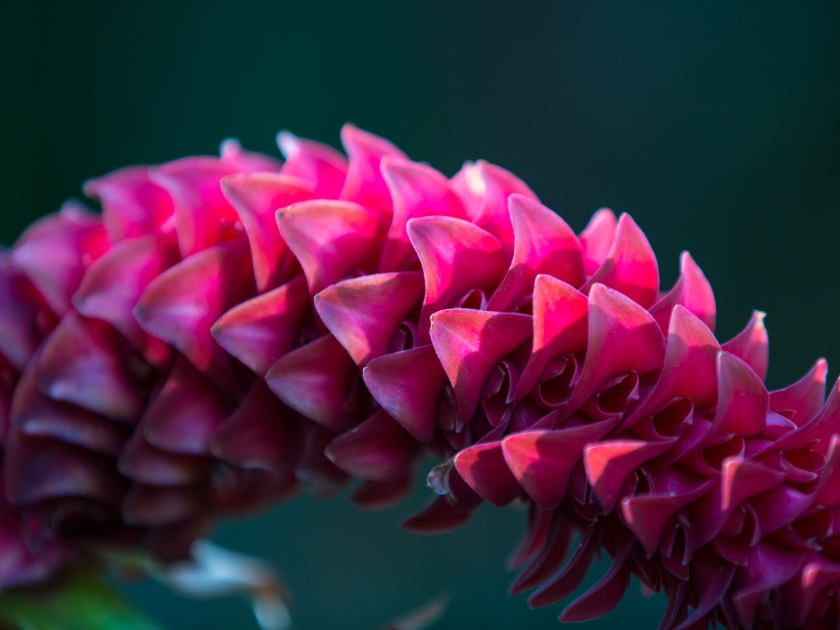
Biodiversity and Native Plants
McBryde Garden boasts the largest collection of native Hawaiian plants, including many rare and endangered species. Visitors can admire iconic flora like the vibrant Hawaiian hibiscus and versatile breadfruit trees, both deeply rooted in Hawaiian culture and ecology. Serving as a sanctuary for biodiversity, the garden’s conservation efforts protect these endemic species, some of which no longer exist in the wild.
The Canoe Garden
A standout feature of McBryde Garden is the Canoe Garden, which highlights plants introduced to Hawaii by ancient Polynesian voyagers. Essential crops like taro and coconut, vital to the survival and culture of early Hawaiians, are on display. This garden offers visitors an educational journey into traditional Hawaiian agriculture, celebrating the island’s cultural heritage through these significant plants.
Regenerative Food Forest
A highlight of McBryde Garden is its Regenerative Food Forest, an innovative display of sustainable agricultural practices. This area emphasizes the role of native plants in promoting food security and highlights how traditional and modern farming techniques can work in harmony with nature.
Conservation Center
At the heart of McBryde Garden is its state-of-the-art Conservation Center, dedicated to preserving plant species and advancing botanical research. This facility plays a pivotal role in the garden’s mission to protect Hawaii’s native flora, offering visitors a deeper understanding of ongoing conservation efforts.
Water Features
The tranquil water features at McBryde Garden enhance its serene tropical ambiance. With meandering streams, reflective ponds, and cascading waterfalls, these natural elements invite visitors to relax and enjoy the lush surroundings. The soothing sounds of flowing water create a calming atmosphere, making it an ideal spot for peaceful reflection.
Allerton-McBryde Overlap
Situated beside McBryde Garden is the renowned Allerton Garden, allowing visitors to explore two botanical gems in one visit. Combined tours showcase exotic blooms, massive fig trees, and native Hawaiian plants, offering a seamless blend of conservation and landscape artistry. This partnership enriches the overall experience, providing a deeper appreciation of Kauai’s botanical treasures.
Visitor Experience
Scenic Walks and Tours
McBryde Garden invites visitors to explore its stunning landscapes and vibrant plant collections through a variety of scenic walks and tours, offering something for every type of traveler.
Self-Guided Tours
Ideal for those who enjoy exploring at their own pace, self-guided tours allow visitors to meander along the garden’s peaceful pathways. This flexible option provides the freedom to pause, admire the diverse plant life, and fully immerse in the serene tropical environment.
Guided Tours
For a more informative experience, guided tours led by expert staff provide fascinating insights into the garden’s history, conservation efforts, and unique plant species. These tours offer a deeper appreciation of McBryde Garden’s ecological importance and its vital role in protecting Hawaii’s native plants.
Practical Information
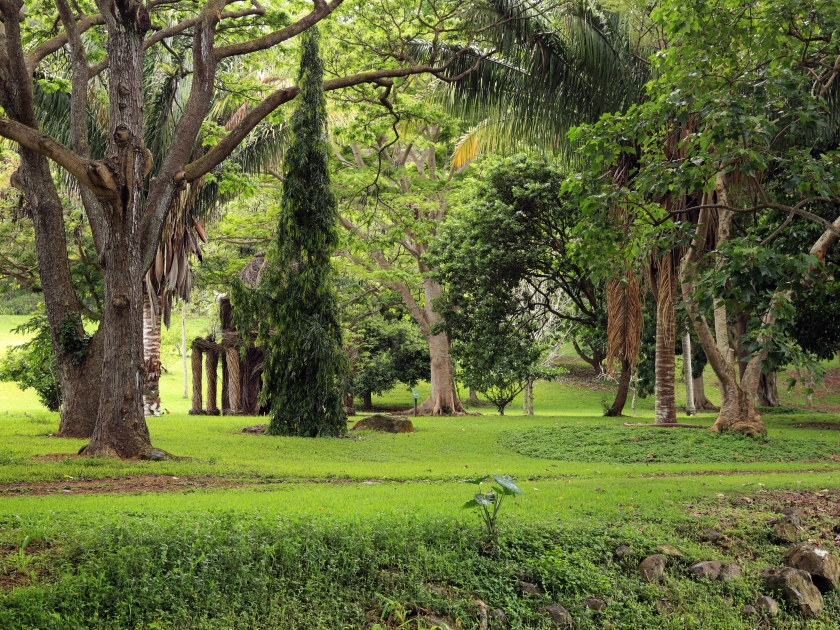
McBryde Garden is situated at 4425 Lawai Road, Koloa, HI 96756, in the scenic Lawai Valley on Kauai’s south shore, conveniently close to attractions like Poʻipu Beach and Spouting Horn. Open daily, the garden offers self-guided tours priced at $30 for adults and $15 for children, with discounted kamaʻaina rates of $20 available with a valid Hawaii state ID. Visitors can begin their adventure at the South Shore Visitors Center, where tickets can be purchased, and a narrated shuttle provides a picturesque ride to the gardens. Ample parking at the Visitor Center ensures easy access to both McBryde and Allerton Gardens.
Tips for Visiting McBryde Garden
- Wear Comfortable Clothing: Opt for lightweight, breathable clothing and sturdy walking shoes suitable for exploring garden trails.
- Bring Essentials: Pack sunscreen, a hat, insect repellent, and plenty of water to stay comfortable during your visit.
- Check the Weather: Kauai’s weather can be unpredictable; consider bringing a rain jacket or umbrella.
- Arrive Early: To fully enjoy the garden and avoid crowds, plan your visit earlier in the day.
- Visit the South Shore Visitors Center First: Purchase tickets and catch the narrated shuttle for a scenic and informative ride to the garden.
- Respect the Environment: Stay on designated paths and avoid touching or picking plants to help preserve the garden’s delicate ecosystem.
- Photography Tips: Bring your camera or smartphone for stunning photos, but remember to turn off flash when photographing sensitive plants.
- Book in Advance: If planning a guided tour, make reservations ahead of time to secure your spot.
Best Times to Visit
The best times to visit McBryde Garden are during the morning hours, when the weather is cooler, and the sunlight enhances the vibrant colors of the plants. Kauai’s mild climate makes it a year-round destination, but visiting during the dry season from April to October ensures pleasant conditions for exploring the garden’s trails. Early visits also provide a quieter, more serene experience, allowing you to fully immerse yourself in the beauty of the lush landscapes.
Nearby Attractions
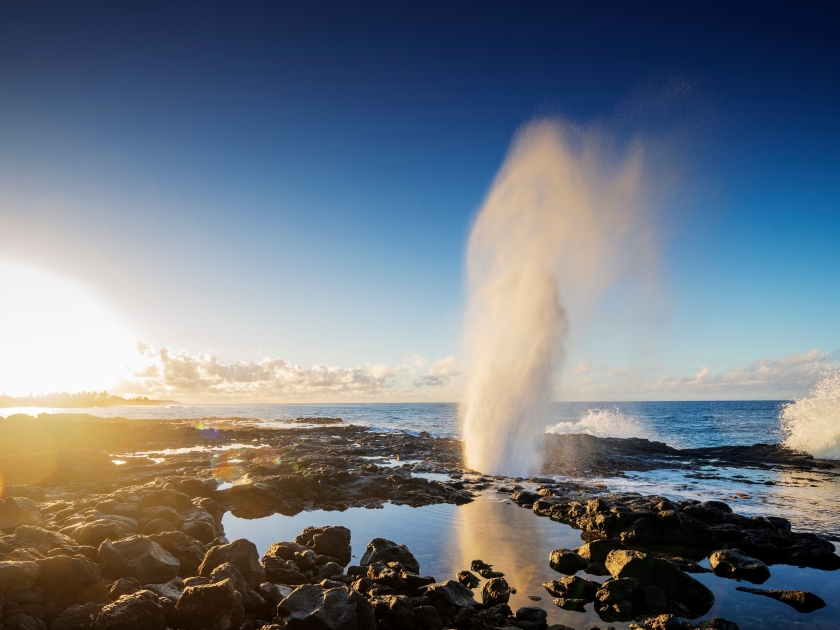
McBryde Garden is perfectly situated near several must-see attractions on Kauai’s south shore. Just next door is Allerton Garden, offering a complementary experience with its artistic landscapes and towering fig trees. A short drive away, you’ll find the dramatic Spouting Horn, a natural blowhole that delights visitors with its powerful water sprays. For some beachside relaxation, head to Poipu Beach, known for its golden sands and excellent snorkeling. Combine these stops with your visit to McBryde Garden for a well-rounded day of nature, culture, and seaside fun.
Frequently Asked Questions (FAQs)
Admission to McBryde Garden is $30 for adults and $15 for children aged 3-12, while children under 2 can enter for free.
Yes, visitors can enjoy self-guided tours or book guided tours that provide in-depth information about the garden’s unique plant collections and conservation efforts.
McBryde Garden is open Tuesday through Saturday from 9 AM to 4:30 PM, with tours running at specific times throughout the day.
Yes, there is ample parking available at the visitor center for guests visiting McBryde Garden.
Visitors are encouraged to bring water, sunscreen, and comfortable walking shoes to enjoy the garden’s trails and lush landscapes fully.
Absolutely! You can opt for a combination tour that includes both McBryde Garden and the nearby Allerton Garden for a comprehensive experience of Kauai’s botanical beauty.
How to Get There
By Car
Driving to McBryde Garden is a convenient option and allows you to explore the surrounding area at your own pace. From Lihue, take Highway 50 heading west towards Koloa and Poipu. Once you reach Lawai Valley Road, follow the signs leading to the South Shore Visitors Center, which serves as the departure point for McBryde Garden tours. Parking is available near the visitor’s center.
By Bus
To reach McBryde Garden by bus, use the Kauai Bus system, which offers services connecting major areas of the island. From Lihue, take the bus heading toward Poipu and disembark near the South Shore Visitors Center. Be sure to check the bus schedule in advance, as public transport can be limited depending on the time of day and season. After arrival at the visitors center, join one of the guided tours to explore McBryde Garden.
Flourish in the Tropics
McBryde Garden is a living testament to the vibrant beauty and resilience of Hawaii’s native flora. From rare plants and sustainable food forests to serene water features and rich cultural history, this garden offers a truly immersive experience. A visit to McBryde Garden is not just a journey through lush landscapes but also a step into the heart of conservation and ecological harmony. Don’t miss the chance to let this enchanting garden inspire and reconnect you with the wonders of the natural world.


